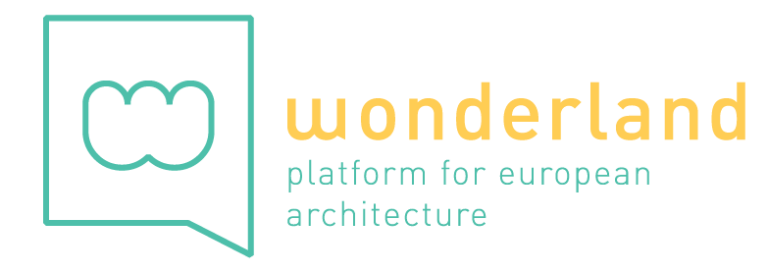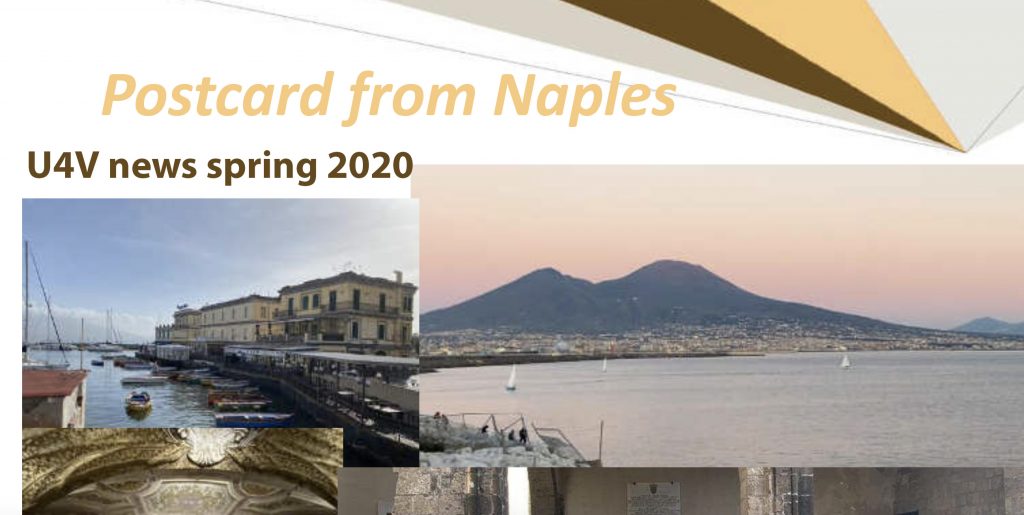Special Issue - Training School in Neapels, February 2020
IN THIS ISSUE:
- The Training Shool in graphics
- The six posters as result of the training school
- photo gallery award ceremony
- case studies:
- Green Karst Region (SI)
- La Union (ES)
- Naples (IT)
- Göreme (TR)

First training school of the action
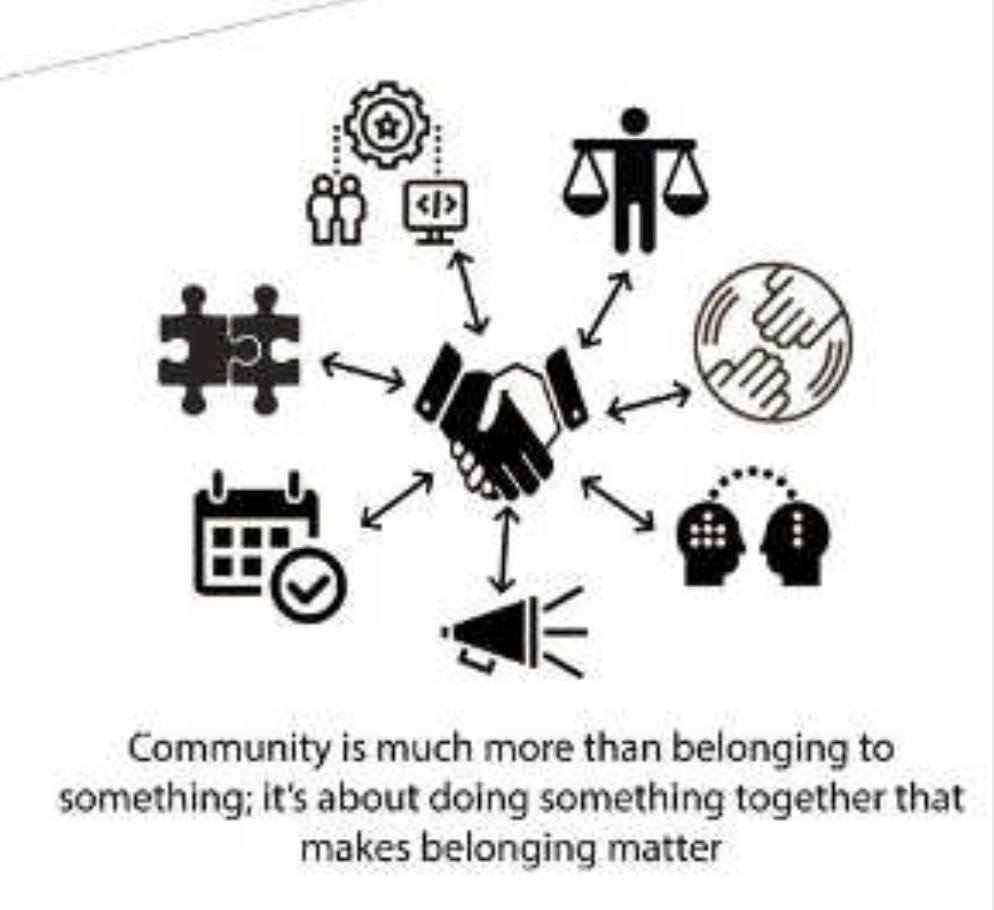
The training schools are the heart of the U4V Cost Action and the first training school took place this February in Neapels, where students, tutors and trainers learned collectively. The graduates of this first school are expected to be the tutors in the upcoming training schools, where they can pass on their knowledge to next generations of mentors and trainers.
Creative tourism
Connecting Fontanella Cemetry to a larger touristic route.
(read also responsible tourism)
tutors: Juan Valle Robes, Elisa Bellato
teams: Pamela Bartar, Gresa Calliku, Sara Morena, Francesco Paci, Mia Trentin, Amber Keurntjes, Felicia Peronace, Tugce Sözer, Sacid Yildiz, Andrea Murzi,
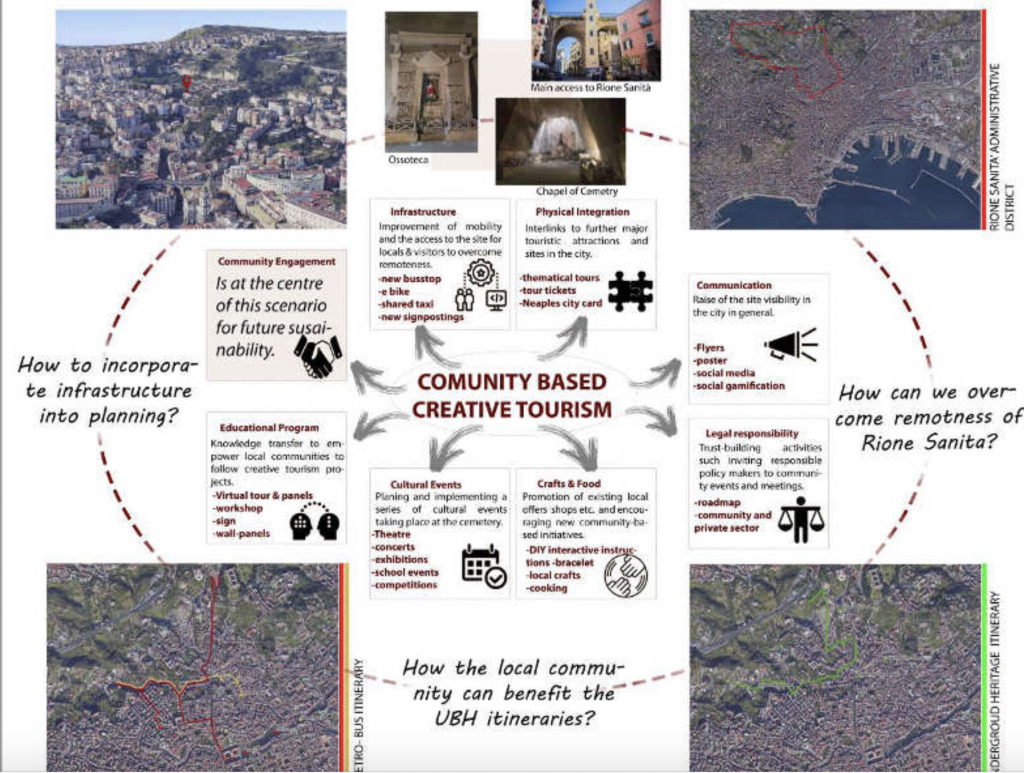
A scientific mission in the heart of Naples (IT)
by Juan Valle Robles
Living Lab Fontanella Cemetery establishes the technical and social viability of the research, identify the risks and challenges and their mitigation. The STSM has as a main goal to describe the context and circumstances of the process of decision making in the Naples case study, the Fontanelle Cemetery.
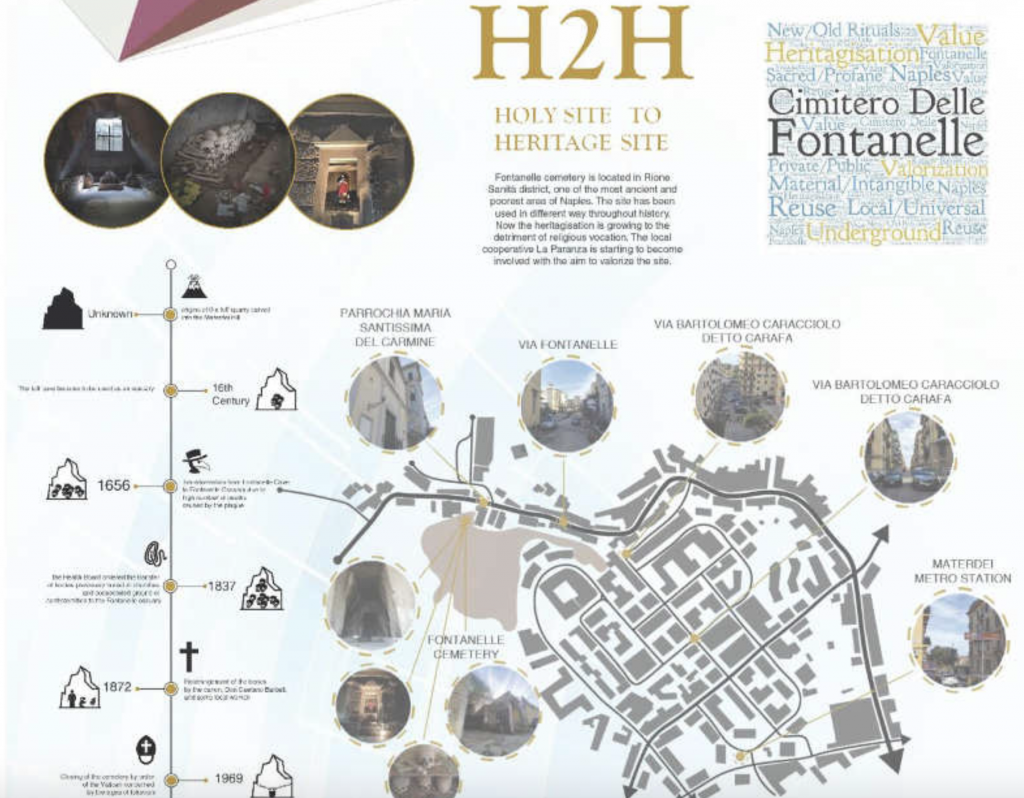
H2H: holy site to heritage site
“Heritagisation” of a place of worship comes with frictions and the team presented solutions. The only way to deal with the frictions is experimentation and process-thinking.

Karaya is calling / Karay seni cagiriyor
Business Model Canvas for developing Eco-
Tourism-Project in Karaya
(read also responsible tourism)
tutors: Daniela De
Gregorio, Muge Akker
teams: Pelin Aytekin
Aslaner, Oren Ben-Shlomo, Lillie Leone,
Antonio Pelegrina, Sasa Zecevic, Meryem Bihter Bingul Bulut, Bernard Bugeja, Yasemen Kaya, Jorge Magaz-Molina, Sabrina Shurdhi
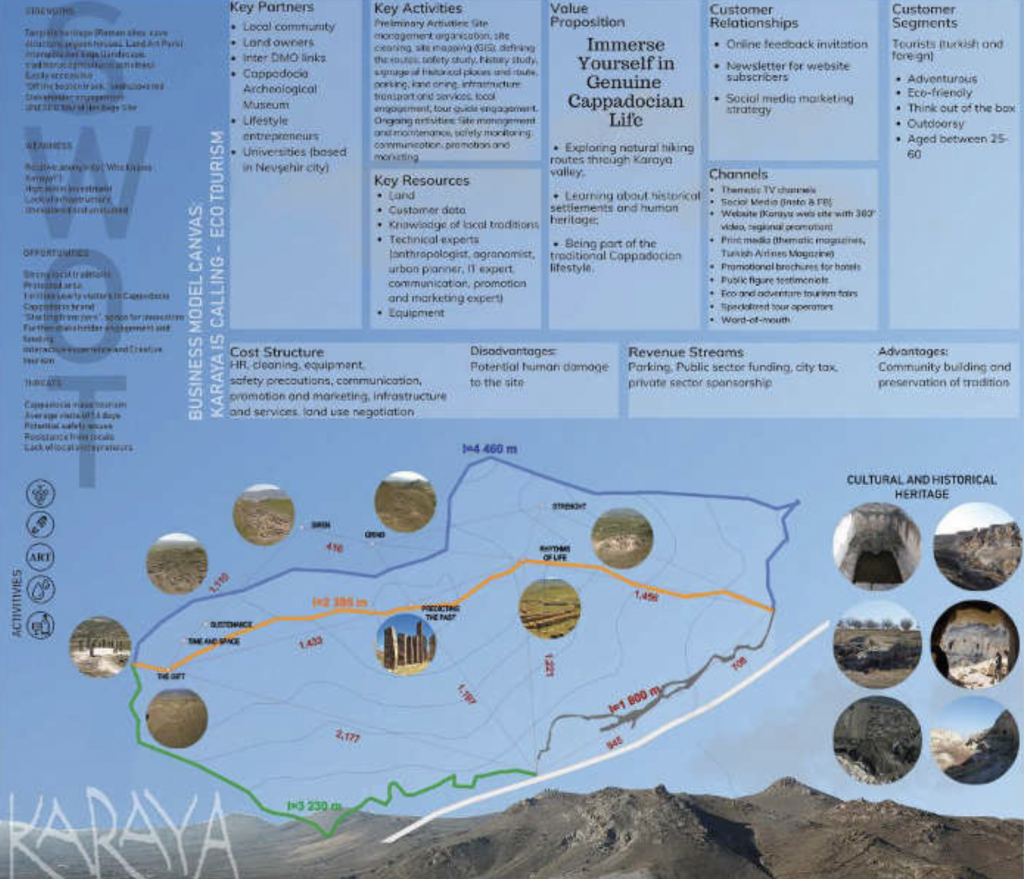
The case study of Goreme in Cappadocia (TR)
by Müge Akkar Ercan, Middle East Technical University
Göreme in Cappadocia Region is characterised by the rock cones, locally called “fairy chimneys”. The volcanic cones were carved and hollowed by inhabitants for centuries to build cave-dwellings, storage, production and worship spaces. Tourism is the main economic activity in the rural area.
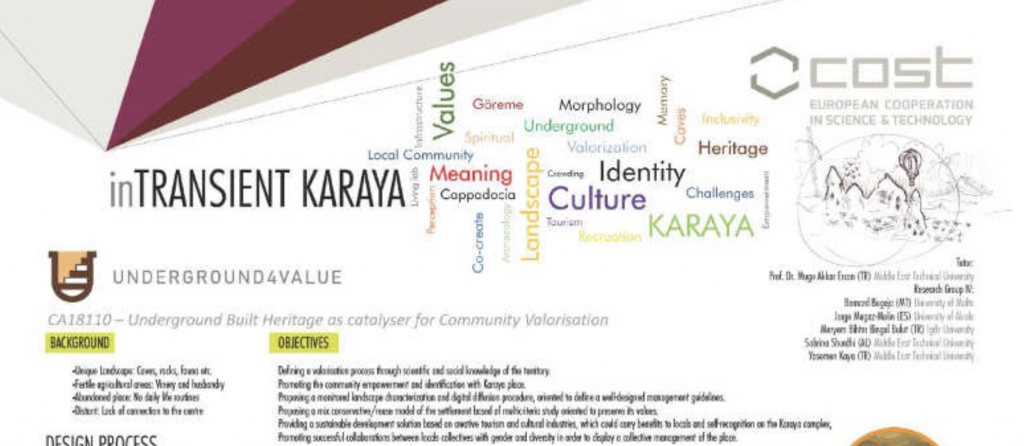
in Transient Karaya
Approaches for developing knowledge, meaning and community identity in Karaya was a main task for the Turkish case study.
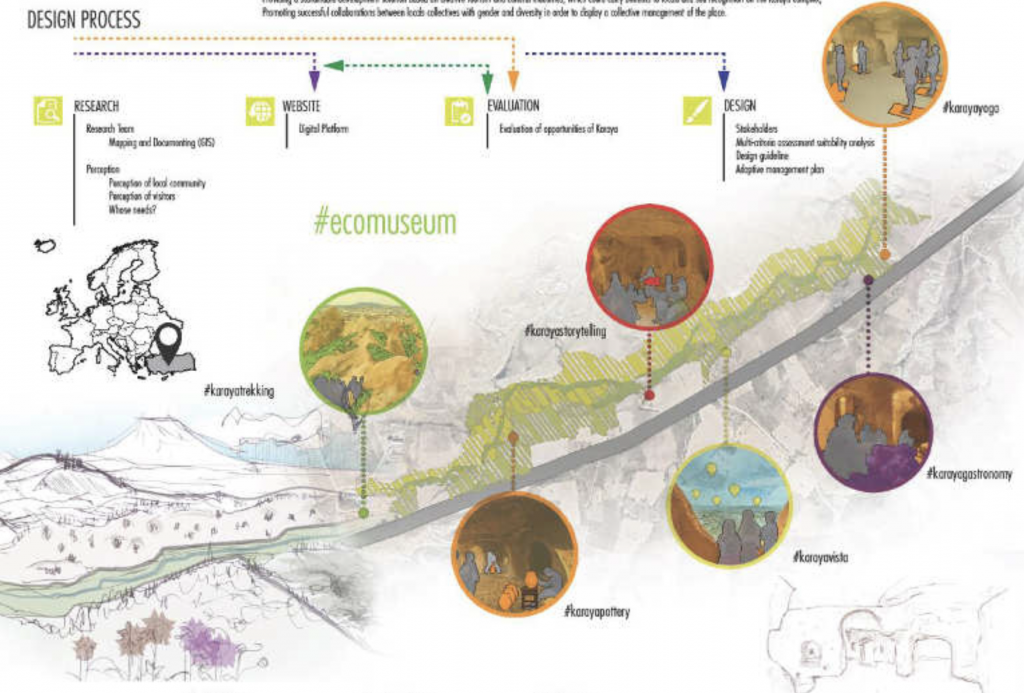
Deep down into the green - Green Karst
sustainable re-use and valorisation of the underground military heritage of the Karst Region
(read also responsible tourism)
tutors: Luisa Errichiello,
teams: Matej Krzic, Miljana Petrovic, Maria del Carmen Solano Baez, Lucilla Paola Favino, Mireille Tabone,
The unique Green Karst Region (SI)
report Short Term Scientific Mission
by Luisa Errichiello
The case study in the Green Karst region consists of natural caves and military remnants of Alpine Wall Fortification, built by the Italian Army between the WWI and WW2.
The natural caves employ two different governance models for Postonja Cave Park and the Krisna Cave. The military remnants include 3 groups of fortification, while 2 groups are abandoned, one group is made accessible recently but the whole structure is in the beginning of the re-valorisation process.
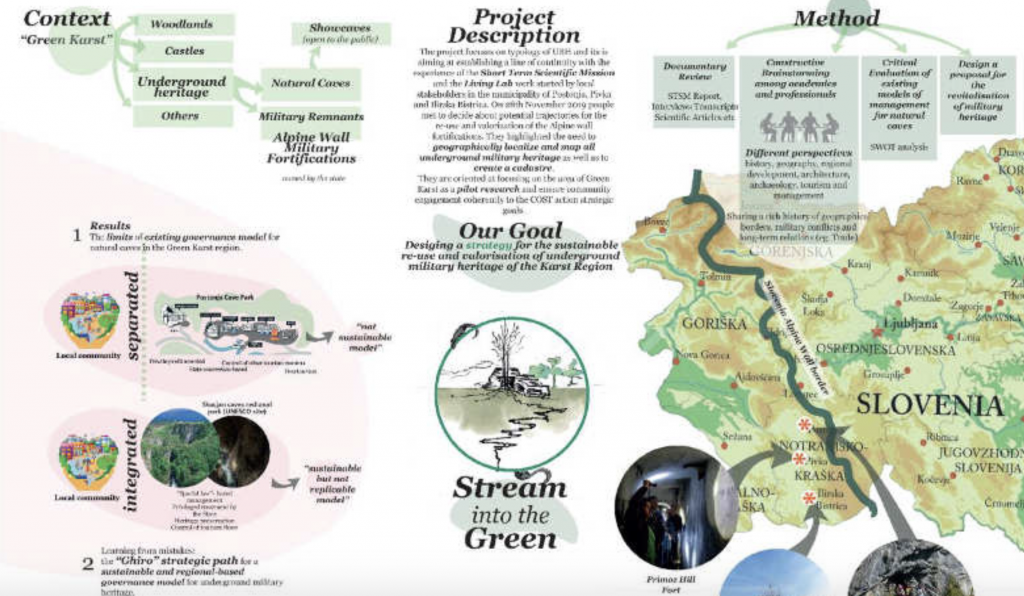
Deep down into the green to remember the past
The group developed a strategic path of development, proposing a toolkit of mechanisms and solutions. The strategy shall establish a sustainable and transferable model of governance.
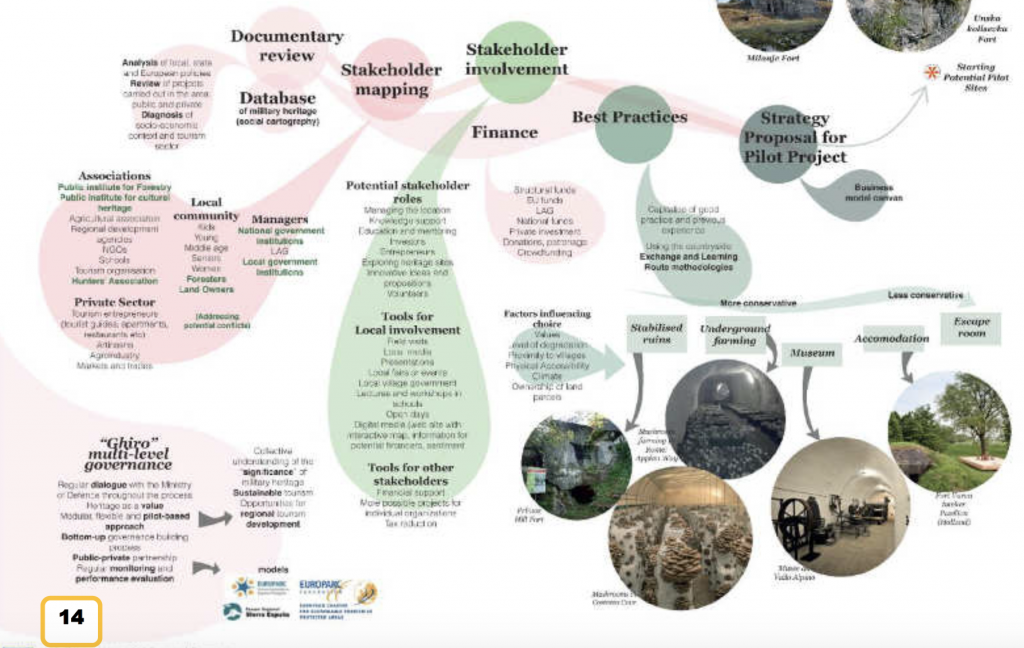
Journey to the center of the earth - La Union
Developing creative activities and a new branding for the Mining Park of la Union
(read also responsible tourism)
tutors: Susana, Martinez-Rodriguez
Expert: Tony Cassar
teams: Monica Bocci, Marija Jovanovic, Maria Murillo, Tommasina Pianese, Jiangtian Xu,
La Union and its Mining Park (ES)
by Susanna Martinez-Rodriguez – University of Murcia
La Union (The Union) is a municipality in South-East Spain and the identity is based on the mining exploitation, which attracted many Andalusian to migrate here already in the 19th century. In the second half of the 20th century the bay of the municipality was used as a massive landfill by private mining companies. In the 1990’s the mining companies closed, most of the workers-communities emigrated from the municipality. The remaining population tries to attract attention with culture and creative industries.
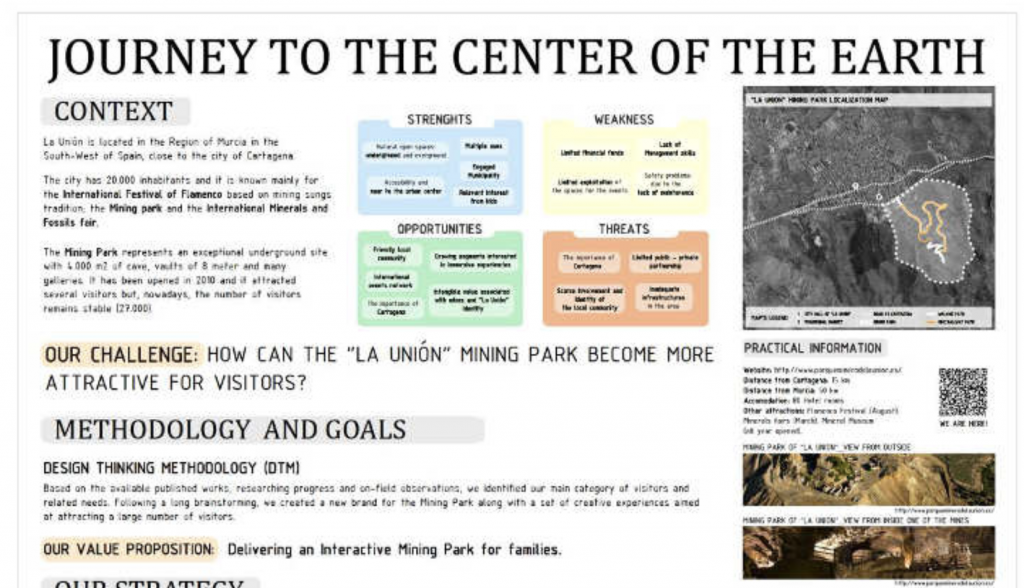
How can the “La Union” Mining Park become more attractive for visitors?
The team developed a plan how to develop creative industries and new branding for the mining area. The aim of the plan is to attract more visitors to the site.

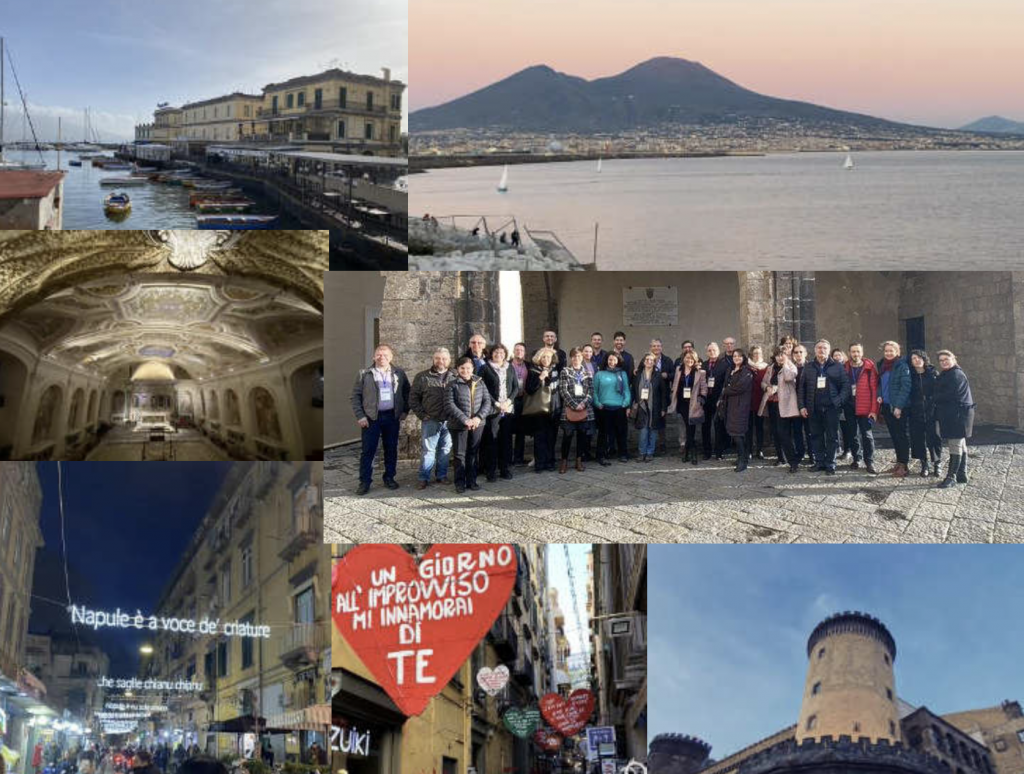
Editor: Renate Salvarani
Editorial Board:
Susana Martinez-Rodriguez, Florin Nemtanu, Giuseppe Pace
